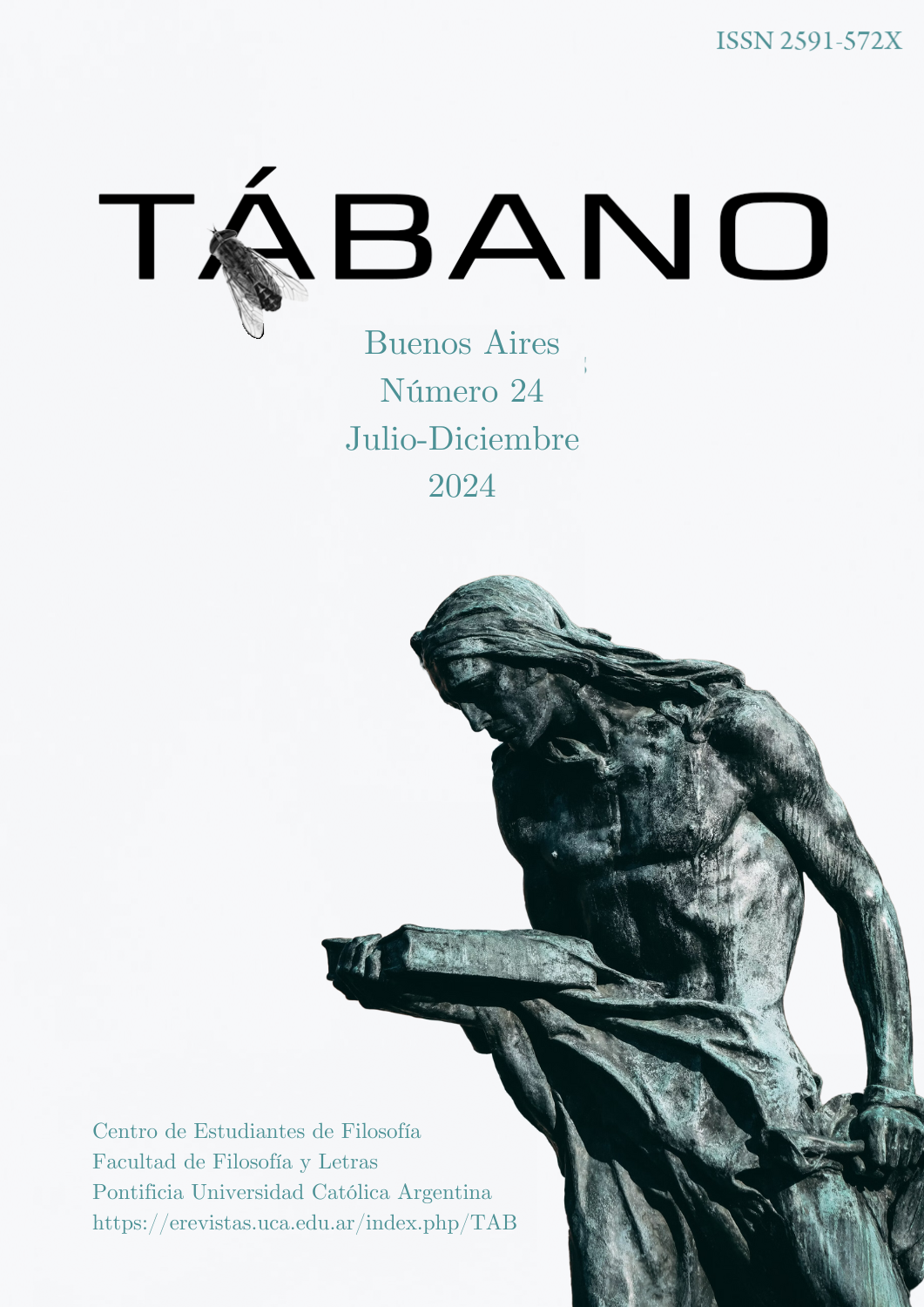Curing Hitchcock’s vertigo. A second dance with Rancière
DOI:
https://doi.org/10.46553/tab.24.2024.p46-59Keywords:
Jacques Rancière, Alfred Hitchcock, Dziga Vertov, Vertigo, DanceAbstract
Building on my previous exploration of the role of dance in the contemporary French political philosopher Jacques Rancière’s Aisthesis: Scenes from the Aesthetic Regime of Art, first published in French in 2011, the present essay turns to another book originally published in the same year, The Intervals of Cinema. Having previously established that the core of Rancière’s philosophical method is an analysis of philosophical homonyms into figurative dancing conceptual partners, I begin by applying that method to the first chapter of Intervals, “Cinematic Vertigo: Hitchcock to Vertov and Back”. There I identify two series of such dancing partners, as follows: Hitchcock’s image-controlling, capitalist vertiginous fall, and Vertov’s movement-equalizing, communist balanced dance. I then critique the implicit marginalizing of women and female bodies in the films and chapter, including Hitchcock’s protagonist’s best friend and ex-fiancé, and Vertov’s cosmetologists and switchboard operators. Finally, I offer a corrective from the proto-feminist life of my grandmother, a onetime cosmetologist, switchboard operator, and Glamour Shots amateur model, my grandmother, Louise Nunnelley, or “Mamaw. .Such are the unacknowledged material basis of Rancière’s radical democratic philosophy, the specifically-embodied and positioned female dancers who continue to get lost in his figurative dance.
Downloads
References
Dent, M. (2019). The Last Five Glamour Shots Locations in the United States. The New York Times, 10 May 2019: https://www.nytimes.com/2019/05/10/style/glamour-shots-1990s.html.
Hall, J. (2017). St. Vitus’ Women of Color: Dancing with Hegel. Comparative and Continental Philosophy. 9, 1, pp. 43-61.
Hall, J. (2022). Dancing with 4E Cognitive Science and Human Science Psychology. Middle Voices 2(2), pp. 2-15.
Hopewell, J. (3 de julio de 2020). How Netflix Grew Spain’s Cable Girls as it Evolved Itself. Variety: https://variety.com/2020/tv/global/netflix-cable-girls-season-five-finale-1234696813/.
Linderman, D. (1991). The Mise-en-Abîme in Hitchcock’s ‘Vertigo’. Cinema Journal 30, 4, pp. 51-74.
Miller, D. A. (2018). Vertigo. Film Quarterly 62(2), pp. 12-18.
Modleski, T (1988). The Women Who Knew Too Much: Hitchcock and Feminist Theory. New York: Routledge.
Pippin, R. (2017). The Philosophical Hitchcock: ‘Vertigo’ and the Anxieties of Unknowingness. Proceedings of the American Philosophical Society, 161(4), pp. 293-298.
Rancière, J. (2011). El vértigo cinematográfico: Hitchcock-Vertov y vuelta. En Las distancias del cine. Manantial: Buenos Aires.
Wood, R. (2009). Male Desire, Male Anxiety: The Essential Hitchcock. En M. Deutelbaum y L. Poague (eds.). A Hitchcock Reader (pp. 223-233). New York: Wiley-Blackwell.
Downloads
Published
How to Cite
Issue
Section
License
Copyright (c) 2024 Joshua M. Hall; Leandro Cuellar

This work is licensed under a Creative Commons Attribution-NonCommercial-ShareAlike 4.0 International License.


